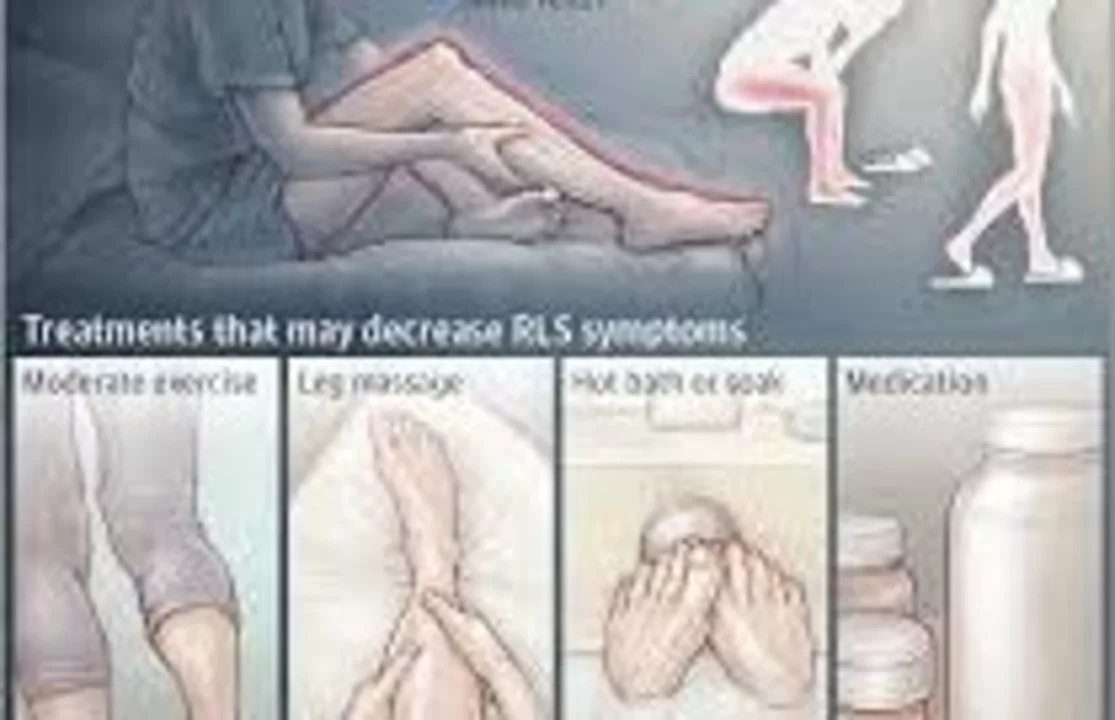As a blogger, I've recently come across some fascinating information about the role of iron in managing Restless Leg Syndrome (RLS). It turns out that low iron levels in the brain could be a significant factor in causing RLS. By increasing iron intake through diet or supplements, many people have found relief from their RLS symptoms. Moreover, it's essential to consult with a healthcare professional before starting any iron supplementation, as too much iron can be harmful. In conclusion, maintaining optimal iron levels could be a key component in managing Restless Leg Syndrome effectively.
Restless leg syndrome: causes, quick relief & treatment options
If your legs twitch or feel creepy at night and you can’t sleep, you’re not imagining it. Restless leg syndrome (RLS) makes people feel an urge to move their legs, usually while resting or trying to sleep. Symptoms often get worse in the evening and can wreck your sleep and daytime energy.
RLS has many causes. Sometimes it runs in families. Other common triggers are low iron (low ferritin), kidney disease, pregnancy, and some medicines. Even things like too much caffeine, alcohol, or nicotine can make symptoms worse. New or stronger symptoms after starting a drug should prompt a check with your clinician — some antidepressants and antipsychotics (for example, olanzapine) can increase restless-leg feelings.
Quick ways to ease symptoms tonight
Start with things you can try at home. These often help enough to sleep better:
- Move. Short walks or gentle leg exercises can stop the urge for a while.
- Stretch and massage your calves before bed.
- Use heat or cold packs; some people prefer a warm bath to relax muscles.
- Cut back on caffeine, alcohol, and nicotine, especially in the afternoon and evening.
- Keep a regular sleep schedule and avoid long naps; good sleep habits reduce flare-ups.
- Try compression socks or wraps — they help some people by changing sensory input to the legs.
If you track symptoms, note when they start, how long they last, and any new meds or life changes. That record helps your doctor find causes faster.
Medical options and when to see a doctor
See a doctor if RLS stops you from sleeping, causes daytime tiredness, or starts suddenly. Your clinician may check blood tests like ferritin (iron stores), kidney function, and other basics. If ferritin is low, iron supplements often help and are a simple fix.
When lifestyle changes and iron aren’t enough, doctors may discuss medications. Common choices include gabapentin or pregabalin for nerve-related symptoms, and dopamine agonists (like pramipexole) in some cases. Each drug has pros and cons — gabapentin can help nerve pain and RLS (we cover gabapentin’s uses and tips in another article on this site). Always talk side effects and long-term plans with your clinician.
Thinking of buying meds online? Be careful. Use reputable pharmacies and double-check prescriptions. Our site has guides on checking online health info and safe online pharmacies to help you avoid fake or risky sources.
RLS usually won’t harm you physically, but chronic sleep loss does. If simple fixes don’t help, or if symptoms are new and severe, get medical help. With the right tests and a clear plan, most people can find relief and sleep better again.

